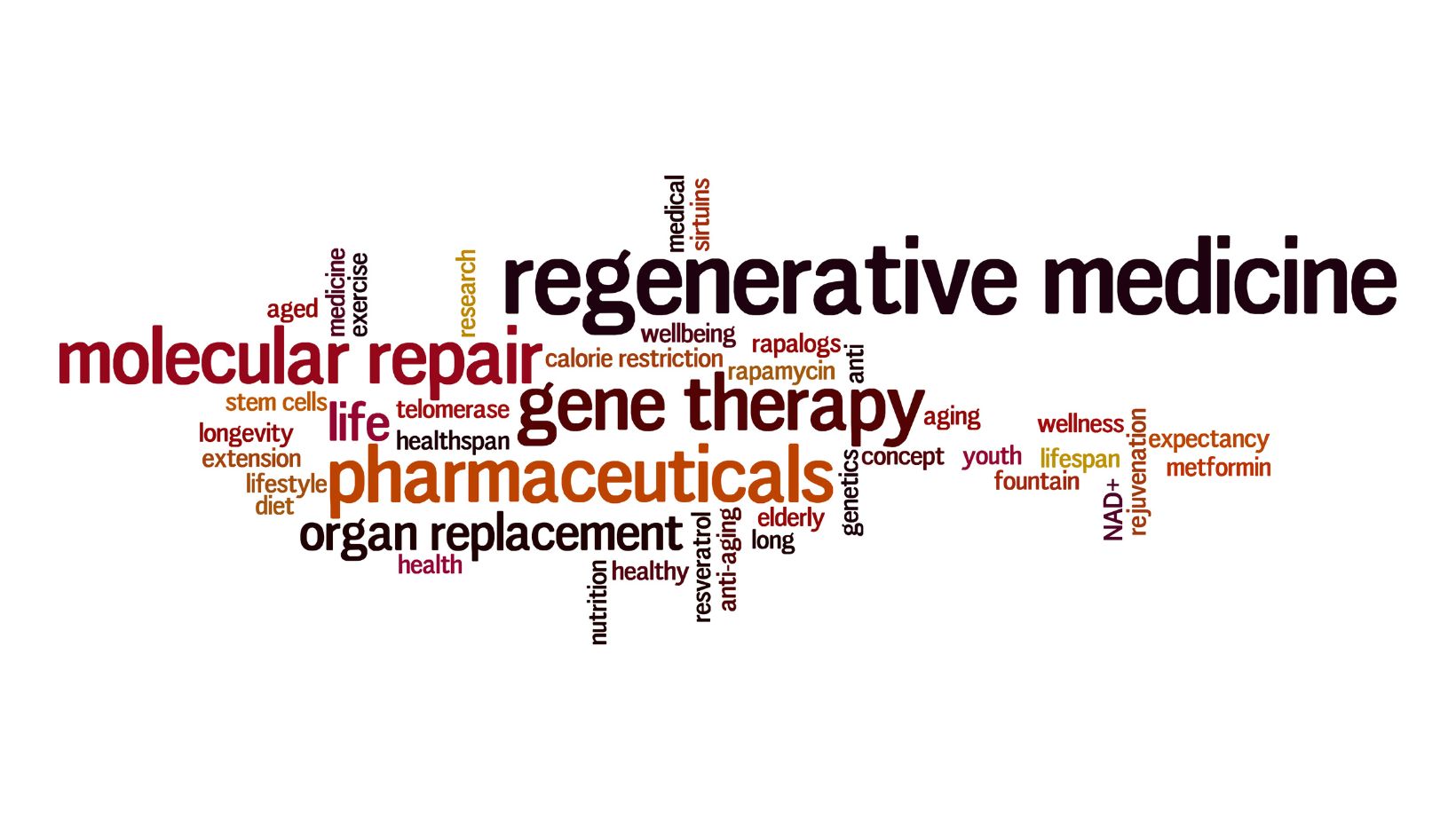
Regenerative medicine is an innovative field that has the potential to heal and restore your body’s tissues and organs. It encompasses various strategies, including the use of stem cells, cell therapy, and tissue engineering, to repair or replace cells that have been damaged by disease, trauma, or aging. By harnessing the body’s own regenerative capabilities, or by growing tissues and organs in the lab, this approach offers hope for conditions that are currently considered incurable or intractable. See if regenerative medicine is something for you by scheduling a consultation through this link: Pittsburgh regenerative medicine.
Stem cells are the cornerstone of regenerative medicine. They possess the unique ability to differentiate into different cell types, making them a pivotal resource in the development of new therapies. Cell therapy involves transplanting cells into a patient to improve or replace the function of diseased tissue. This can involve the use of stem cells, which can be directed to become specific cell types needed for repair.
Tissue engineering is a related discipline that combines scaffolds, cells, and biologically active molecules to recreate functional tissues. The goal is to fabricate structures that can be implanted into your body to support the regeneration of damaged tissues, offering a new lease on health for those suffering from various ailments. As research advances, the hope is that regenerative medicine will become a routine part of healthcare, providing you with more effective and personalized medical treatments.
Foundations of Regenerative Medicine
In this section, you’ll uncover how regenerative medicine has progressed from an intriguing concept to a dynamic field of healthcare. You’ll grasp the essential terms and witness the present influence and reach within medical practice.
History and Evolution
Regenerative medicine has emerged from the union of several scientific domains, including biology, chemistry, and engineering. Historically, its roots can be traced back to the first bone marrow transplants, which are considered a form of cellular therapy. Over the decades, innovations such as tissue engineering and stem cell research have expanded the potential of regenerative medicine.

Key Concepts and Terminology
Regenerative medicine hinges on a few fundamental principles:
- Cells as Building Blocks: Your body’s cells can be coaxed into repairing or replacing damaged tissues.
- Stem Cells: These cells are vital because of their potential to turn into different cell types (pluripotent) and replenish other cells. Stem cell research focuses on both adult stem cells and embryonic variants.
- Tissue Engineering: This area involves creating tissues outside of your body for subsequent implantation.
Glossary:
- Pluripotent: Capable of developing into most, if not all, the body’s cell types.
- Adult Stem Cells: Cells present in your organs that can regenerate into the organ’s specialized cells.
Scope and Current Landscape
Regenerative medicine today extends into a massive array of treatments for diseases, organ failure, and trauma. Your own cells may be used in therapies to repair your cardiac tissues, provide solutions for diabetes, and potentially regenerate neurons. Cells and tissues are not just studied in isolation; they’re constructed into functional organs for potential transplants.
Therapies in the Market:
- Tissue Engineering: Currently applied to skin, cartilage, and bladder replacements.
- Cellular Therapies: Notable advances have been made in treating blood and immune system diseases through bone marrow transplants.
- Regenerative Drug Treatments: These are being developed to stimulate organs to heal themselves.
By understanding the foundations of regenerative medicine, you acknowledge the revolutionary potential of stem cell research and tissue engineering in constructing a promising future for disease treatment and organ replacement.
Core Technologies and Applications
In the realm of regenerative medicine, you’ll encounter cutting-edge treatments and materials designed to repair, regenerate, and replace tissues or organs that have been damaged. These technologies occupy the forefront of medical innovation, with stem cell therapy, tissue engineering, and organ transplantation leading the charge.
Stem Cell Therapies and Types
Stem cells are the cornerstone of cell therapy, known for their unique ability to differentiate into various cell types. You’ll find two primary categories: embryonic stem cells (ESCs) and adult stem cells, such as mesenchymal stem cells (MSCs). MSCs, isolated from tissues like bone marrow and cord blood, are particularly valuable for their multipotency and immunomodulatory properties. They have been utilized in bone marrow transplants and show promise in treating cardiovascular diseases.
Tissue Engineering and Biomaterials
Tissue engineering synergizes biological science with engineering principles. It involves the use of scaffolds—constructed from polymers, ceramics, or metals—that support the growth of new tissues. Biomaterials are engineered to interact with biological systems for therapeutic purposes, such as in wound healing or tissue regeneration. Medical devices and scaffolds infused with autologous cells or growth factors can guide the regeneration of tissues like blood vessels, bone, and even entire organs.
Organ Transplantation and Biofabrication
Your understanding of regenerative medicine extends to organ transplantation and biofabrication. The use of artificial organs and biofabricated tissues is growing, with technologies enabling the development of complex structures that mimic native organs.
3D bioprinting—an aspect of biofabrication—lays down cellular layers to create tissue-like structures. This has revolutionary implications for organ transplantation, where the demand for donor organs exceeds supply. Regenerative strategies also revolve around enhancing transplantation outcomes, like using MSCs to mitigate rejection risks.
Clinical Advancements and Treatments
Recent progress in regenerative medicine is transforming your understanding and approach to treating diseases. Here you’ll discover specific disease treatments, cutting-edge cell therapy techniques, and remarkable strides in tissue regeneration.
Treatment of Specific Diseases
Your battle against chronic diseases like cancer and type 1 diabetes is gaining ground with novel regenerative therapies. For cancer, targeted cellular therapies are being employed to eradicate tumor cells while minimizing harm to normal tissue. In the realm of diabetes, advancements in creating insulin-producing cells aim to restore the body’s ability to regulate glucose, offering a potential respite from daily insulin injections for those with type 1 diabetes.
Innovations in Cell Therapy
Stem cell research is at the forefront of treating heart and liver conditions. Heart muscle cells derived from stem cells, also known as cardiomyocytes, are being tested to repair damage after heart attacks. For liver diseases, clinical trials are investigating the transplantation of healthy cells to repair liver function, providing hope for patients with liver disorders where traditional treatments have fallen short.
Discoveries in Tissue Regeneration
Your ability to heal and repair the body is seeing advancements with innovations such as skin grafting techniques. New methods involve growing skin cells in vitro to create grafts that better integrate with your body, improving recovery times and functionality. Tissue engineering strategies are also key for the regeneration of various tissues and organs, with applications ranging from burn repair to the rebuilding of damaged heart tissue.
Challenges and Future Outlook
Regenerative medicine is pioneering solutions for previously untreatable conditions, yet it faces critical challenges and stands on the brink of what could be a global healthcare revolution.
Ethical and Regulatory Considerations
You must be aware that regenerative medicine, particularly involving embryonic stem cells, grapples with ethical debates. The potential for creating life or regenerating organs places a heavy responsibility on society to establish boundaries. National and international regulations must evolve to protect patient welfare while fostering innovation.
Research and Investment Trends
The progress of regenerative medicine has been underpinned by substantial research investment.

Global Impact and Population Health
Globally, you will see regenerative medicine confront the challenge of an aging population, which is susceptible to diseases and conditions that may benefit from regenerating tissues or organs. The health of this growing demographic can potentially be improved, but doing so on a global scale requires strategies for equitable care, manufacturing scalability, and addressing healthcare disparities among populations and nations.
Conclusion
Regenerative medicine represents a significant shift in your therapeutic options. It offers innovative treatments that are designed to repair, replace, or regenerate diseased tissues and organs. With FDA-approved applications already in use, there is a marked improvement in treating ailments that were once considered intractable.
Your understanding should include the following points:
- FDA-approved therapies: Treatments that have passed rigorous testing and are now available for clinical use.
- Research advancements: Continuous efforts in developing sophisticated grafts and technologies to enhance cell manipulation.
- Patient-specific treatments: Focus on delivering interventions suited to individual patient needs, potentially offering benefits that last a lifetime.
In regenerative medicine, therapeutic cells play a critical role. These cells contribute structurally and functionally to the creation of new tissues. It is driven by principles that aim to restore the body’s own capability to heal.
Remember, the reality of regenerative medicine is not a future proposition – it is here. With ongoing clinical trials and research, you can expect even broader applications and refinements in therapeutic strategies. As an informed individual, staying up-to-date with these developments ensures that you are aware of the most current and effective treatments available.
Be mindful that the success and longevity of therapies will vary and ongoing research is crucial to the future enhancements in regenerative medicine.










